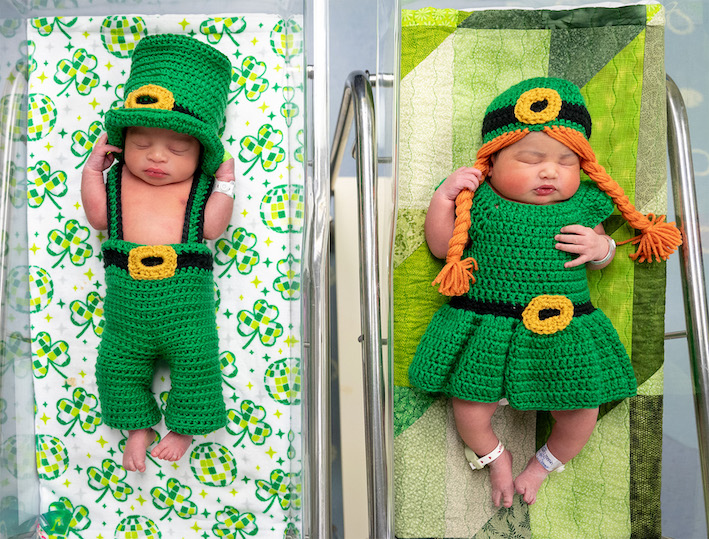The two most common childhood vision issues are a crossed or wandering eye and uneven focus.
Vision problems in children typically emerge when the child is between 18 months and four years old. When a child has a wandering eye, that eye will appear to drift during conversation or when the child is attempting to do something else, like watch television. A crossed eye is often easy to recognize, but few may know that a crossed eye is not a problem of the eye itself, but rather the wiring of the brain.
When a child has uneven focus, he or she will have one eye that is more farsighted than the other. Uneven focus is more difficult to detect because kids are unaware their vision is being compromised by poor focus. Such focus issues are all kids have known, so they are less likely to ask for help, believing that poor focus is natural.
These issues are treatable, but wandering or crossed eyes and uneven focus require medical attention, as kids who do not receive adequate medical care regarding their vision run the risk that their brains will begin to ignore images coming from the weaker eye. Once the brain begins to ignore those images, nerve connections stop being developed as well.
When these issues go untreated, children may experience full and permanent vision loss in their weaker eye, and that loss may be apparent by the time a child reaches his or her tenth birthday.
According to experts, your child needs to see an eye doctor when they are six months old if possible. It should be repeated before kindergarten in kids without apparent eye issues. A comprehensive pediatric eye exam is essential for children if the parents suspect the child has an eye problem.
Reference: https://health.clevelandclinic.org/eye-test-for-preschoolers












